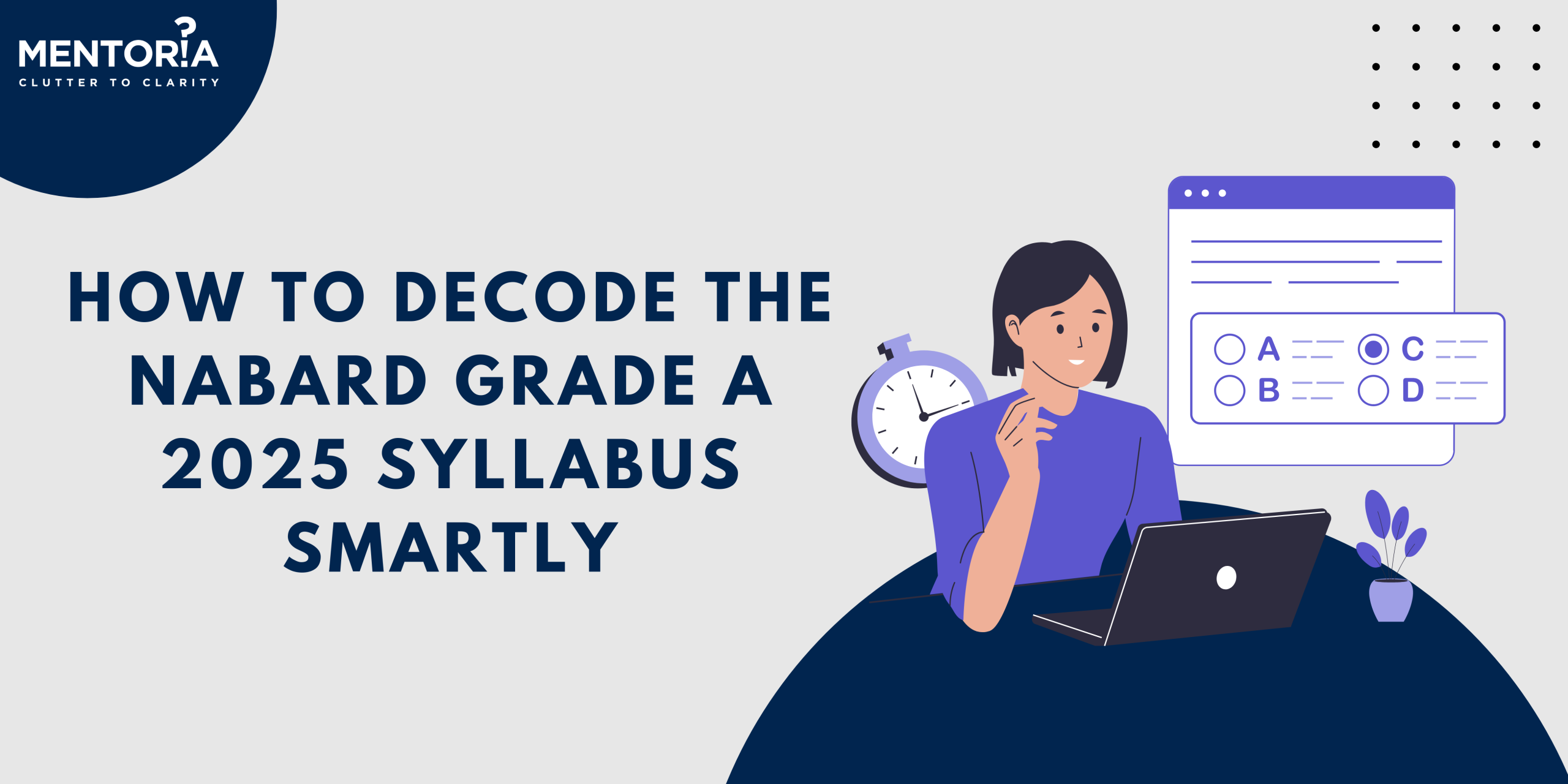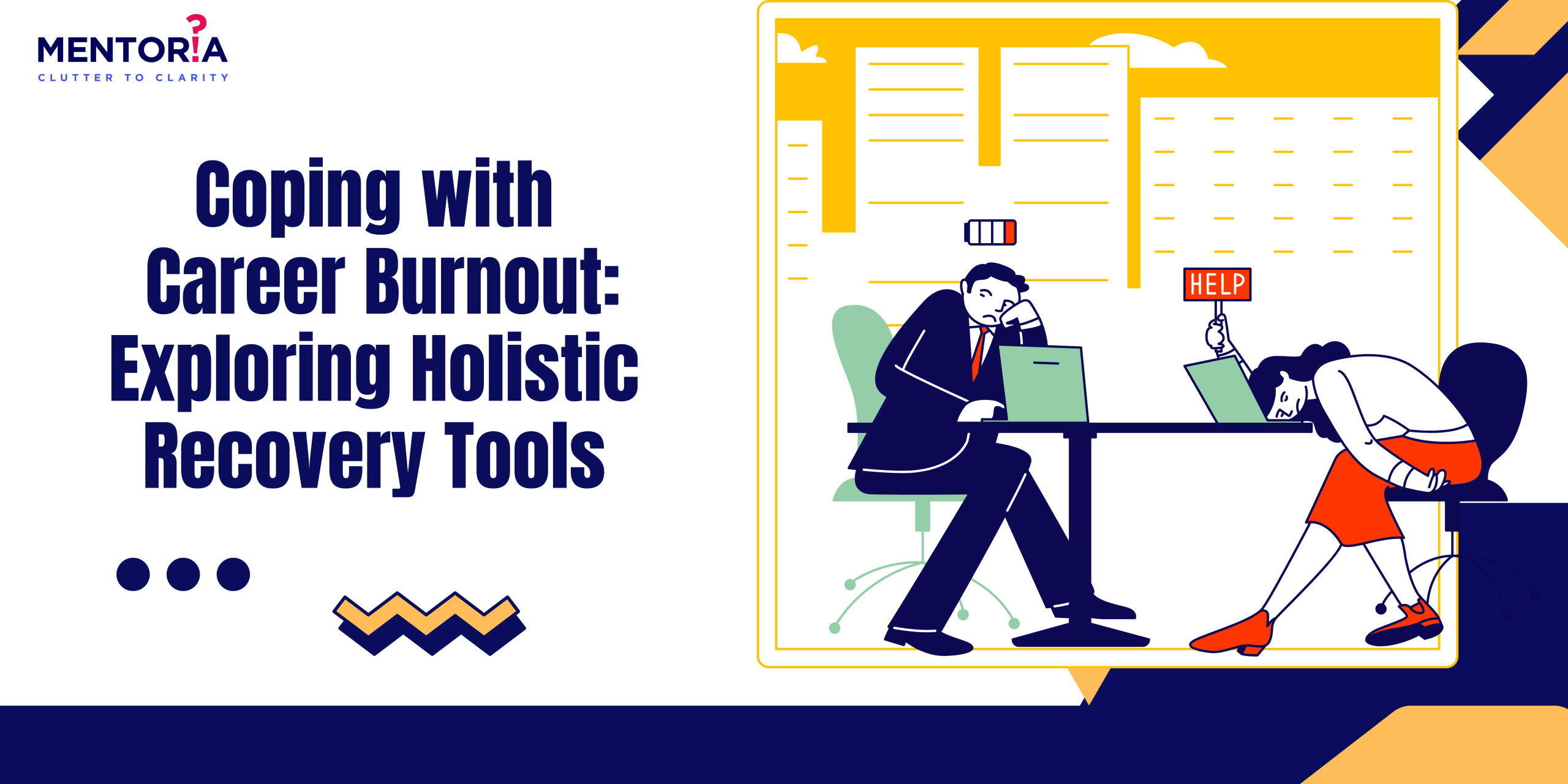The Great Resume Showdown: Parsing VS. Manual Screening

Jump to Section
Ladies and gentlemen, gather round for the ultimate showdown in the world of job applications. In the world of job applications, two contenders have been battling it out for the top spot: manual resume screening and resume parsing. It’s a classic match-up of old versus new, human versus machine. In one corner, we have the tried and true method of manual screening, where a human recruiter sifts through resumes to find the best candidates. And in the other corner, we have the shiny new challenger of resume parsing, where a computer program uses algorithms to analyse resumes and rank them based on relevance. Who will come out on top? Let’s find out!
What Is Manual Resume Screening?
Let’s start with the reigning champion – manual resume screening. This is when a human being reviews your resume and cover letter to determine if you’re a good fit for the job. Manual screening has been around since the dawn of time (well, since the dawn of the job market), and it’s a tried-and-true method of weeding out the good applicants from the bad.
The Good, The Bad, And The Biassed: Examining The Pros And Cons Of Manual Screening
The Good Side:
- Human intuition: A human can pick up on nuances that a machine might miss. For example, they might notice that you have a unique skill set that’s not explicitly mentioned on your resume.
- Flexibility: If the job posting is unclear or there are gaps in your resume, a human can ask follow-up questions to get a better sense of your qualifications.
- Personal touch: Getting a response from a human can feel more personal and encouraging than an automated rejection email.
The Not-So Good Side Of It:
- Time-consuming: Reviewing each resume manually takes a lot of time and resources.
- Biases: Humans have their own biases that can influence their decision-making. For example, they might unconsciously prefer candidates who went to the same university as them.
- Inconsistency: Different reviewers might have different standards for what makes a good candidate, which can lead to inconsistent decisions.
What Is Resume Parsing?
Now let’s meet the new challenger – resume parsing. This is when a computer program scans your resume and cover letter for specific keywords and phrases related to the job. If your resume matches the job requirements, you move on to the next round of screening.
The Good, The Bad, And The Automated: Analysing Resume Parsing
The Good Side:
- Time-saving: Resume parsing can review hundreds of resumes in a matter of minutes.
- Objectivity: A computer program is not influenced by biases or emotions, so it’s less likely to make unfair or inconsistent decisions.
- Consistency: Since the program applies the same criteria to all resumes, there’s less room for subjective interpretation.
The Not-So Good Side Of It:
- Limited scope: A computer program can only evaluate you based on the information you provide in your resume. It can’t ask follow-up questions or infer additional skills or experience that you didn’t explicitly mention.
- Keyword dependence: If you don’t use the right keywords or phrases, your resume might get filtered out even if you’re a strong candidate.
- Lack of personal touch: Getting a rejection email from a computer can feel cold and impersonal.
The Age-Old Debate: Which Is Better?
So, which method is better? It ultimately depends on the specific needs and preferences of each company. While resume parsing can be more efficient, it may not always capture the full range of a candidate’s skills and experiences. Manual screening, while more time-consuming, can allow for a more thorough evaluation of each candidate.
Regardless of the method used, it’s important for job seekers to put their best foot forward and create a clear and compelling resume that highlights their relevant skills and experiences. With a well-crafted resume and some perseverance, you’ll be well on your way to landing your dream job.
In conclusion, while the methods of resume parsing and manual screening may differ, the key to success is to focus on crafting a strong and compelling resume that showcases your skills and experiences. And with a little bit of luck and persistence, you’ll be on your way to landing your dream job.
Striking A Balance: Maximising The Benefits Of Both Methods
- Customise your resume for each job posting. Use keywords and phrases from the job description to increase your chances of getting past the resume parsing stage.
- Use clear and concise language. Make sure your resume is easy to read and understand for both humans and machines.
- Showcase your accomplishments, not just your duties. Use specific examples of how you’ve made a positive impact in previous roles.
- Be strategic with your formatting. Use headings, bullet points, and white space to make your resume visually appealing and easy to read
- Don’t just send off your resume and forget about it. Follow up with the hiring manager or recruiter after a few days to show your continued interest in the position.
- Don’t be afraid to use social media and networking sites to connect with potential employers.
How Mentoria Can Help
Now that you know the pros and cons of both methods, how can you improve your chances of getting selected for an interview? That’s where Mentoria comes in. Our team of career counsellors can provide personalised advice on how to optimise your resume for both manual screening and resume parsing.









